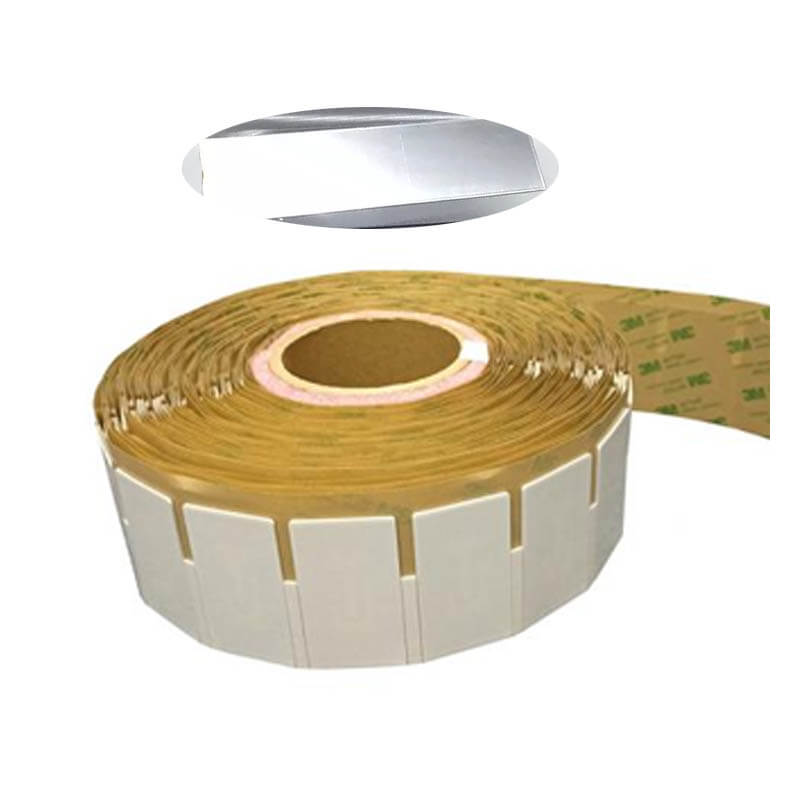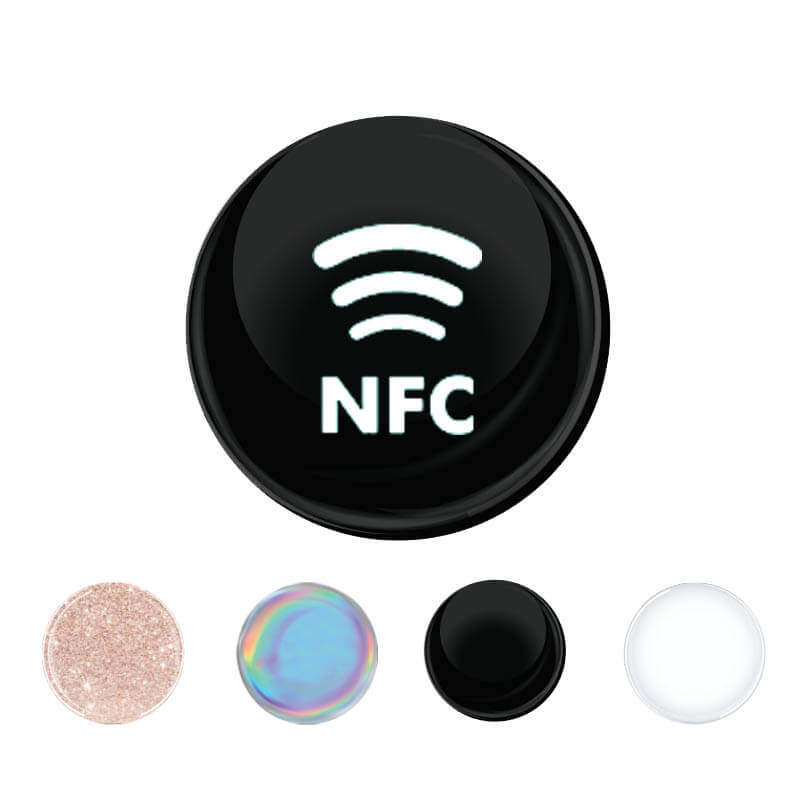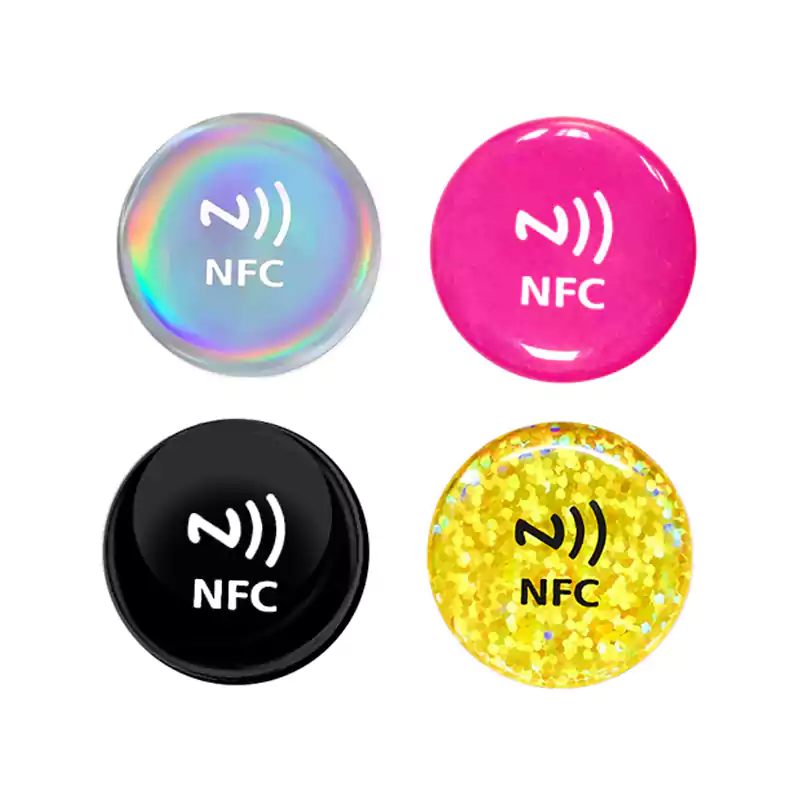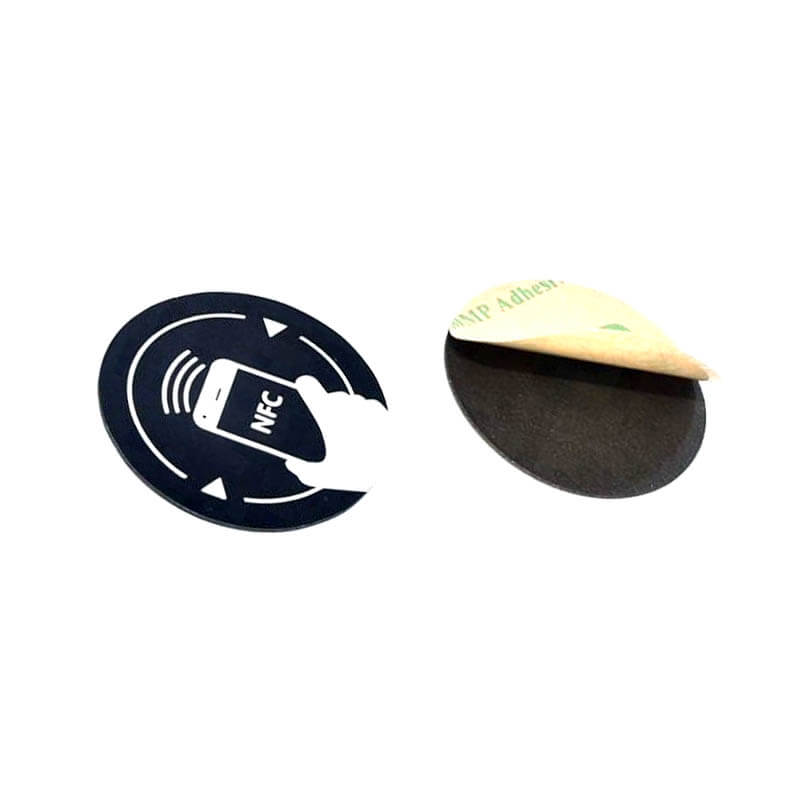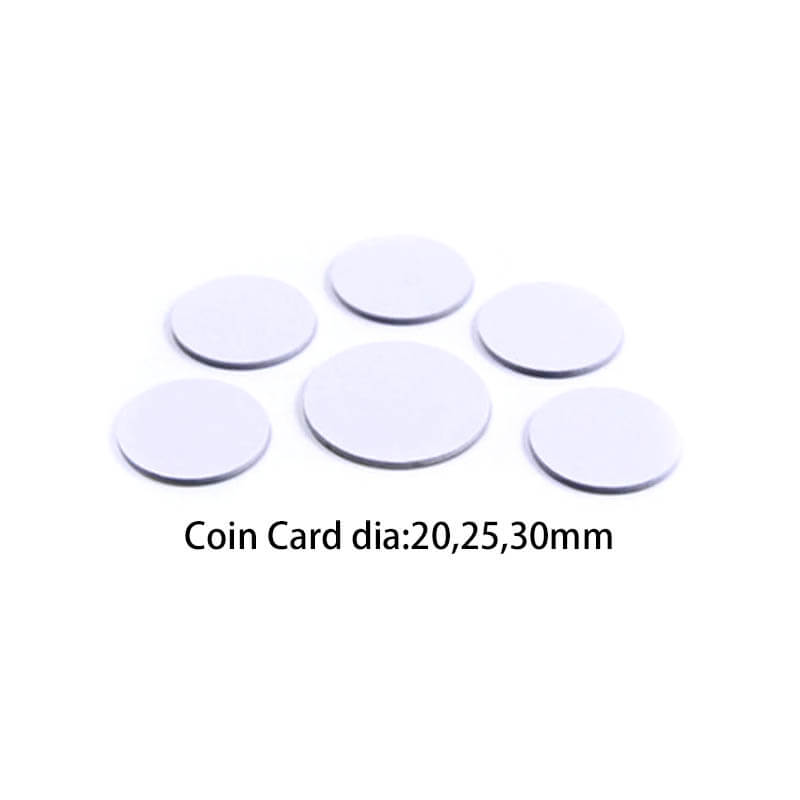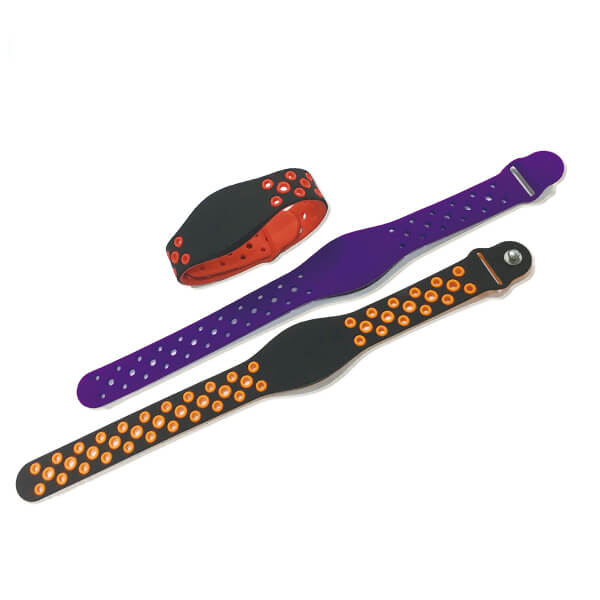The development of RFID technology has led to the automation of various activities, including access controls and payments. Many organizations use RFID cards to accelerate the identification process for guaranteed convenience.
However, clone RFID cards have posed significant security threats. Criminals have established genius ways of copying cardholders’ data to make a clone RFID card.
The clone RFID card is then used by criminals to access highly restricted areas or withdraw vast sums of money from the cardholder’s bank account. This article highlights various ways you can protect yourself from falling victim to RFID card cloning criminals.
What is an RFID card, and What Is It Used For?
These are laminated plastic cards (primarily PVC) that contain an RFID chip that stores all the necessary information about its holder. The tag (the chip) produces radio wave signals, which are used to transfer the data.
Whenever an RFID reader comes near an RFID card, it detects the electromagnetic waves, captures the information, and transmits it for analysis. When this happens, the card will enable you to withdraw cash, make payments, and access restricted areas, among many other functions.
If unauthorized individuals get access to the information stored in the RFID chip, they can easily copy the data into another card to develop a replica. This RFID card clone will perform just like the original card, which poses a significant security threat.
How RFID Card Cloning Occurs
RFID card cloning has increased significantly with the rise of technology. This phenomenon can be referred to as “Digital Pickpocketing” since it involves getting your data without your consent.
For the cloning to occur, the criminals will require an RFID card reader, data analytic software, and a blank RFID chip/ card.
Once they have the card reader, they will carry it in a bag, and it will read RFID cards without the users’ knowledge. Unfortunately, the RFID card reader will capture the radio wave signals even when the cards are in pockets or handbags!
The captured data is transmitted to the software from where the criminals transfer it to a blank chip to make a clone card.
These data thieves will then use the RFID card clone to undertake all activities that are otherwise authorized only to the cardholder. They will gain access to restricted areas and even make payments with the clone card!
Why RFID Cards Are Cloned So Easily
RFID cards are of different types, ranging from credit cards to proximity cards. However, they have a similar working rationale, which criminals have mastered.
These cards use a relatively straightforward circuit system. Whenever the card is excited by an RFID reader’s presence, it releases the information without further interrogation (unless the card is enabled for 2-factor authentication).
The reader’s electrical field excites a coil in the RFID chip, which further charges the capacitor. The capacitor then powers the integrated circuit, which passes the data to the coil. The data is finally transmitted from the coil to the reader.
As evident, this process is simple and has no security mechanisms to detect fraud (Cards manufacturers are increasingly rectifying the anomaly by encrypting the data). Only basic knowledge of radio technology is required to hack proximity cards and other old-generation cards.
Additionally, many RFID reader devices can help you get the key card number that is the engine of each card. While the devices are meant to help you recover or edit the number, criminals can misuse them to get the data and use it to make a clone card.
However, there are several methods that you can use to protect your RFID cards from hackers and be guaranteed safety.
How to Protect Your RFID Card from Being Cloned
There is no doubt that card skimming is scary. It can result in losses and impose significant security threats. As such, you must institute measures to prevent criminals from cloning your RFID card. Here are proven techniques that you can use:
- Use RFID Card Blockers/ Sleeves
RFID blockers shield your card from the card reader. It forms a boundary that prevents the RFID card reader from capturing the radio wave signals.
Even better, your card will not be excited by the presence of the RFID reader. As such, there will be no chance of data exchange from the card to the reader.
These sleeves/ blockers can be made of different poor conductors of electromagnetism. They may also include a thin layer of metal that acts as a barrier.
Since the sleeves cannot differentiate between legitimate and malicious RFID readers, you should get one that allows you to remove the card fast and conveniently. Once through with your transactions, you should return the card in its sleeve for continued protection.
- Two-Factor Authentication
If you want to have more control of your card data, you should ensure that it supports multi-factor authentication.
When using this concept, you’ll receive a message with a unique identification code. You can choose to receive the code through your email address or your mobile phone.
When you get the code, you should authorize the transaction by either clicking on a link provided or feeding the code into the system. This way, no one can get access to your data if you’ve not authorized it.
Most modern cards are supporting this feature. As such, you should always be keen to activate it immediately you get the card.
- Data Encryption
Most smartcardssupport data encryption. This feature ensures that your data cannot be accessed by third parties, regardless of the method they use. As such, you can be sure that your encrypted data is safe.
- Invest in Physically Unclonable Functions (PUFs)
These are unique properties of a card that helps in differentiating it from any other card. In this case, a card will have a unique identifier and a cryptographic key.
The unique identifier number will be based on the physical properties of the RFID chip. Whenever a hacker uses a different RFID chip to clone the cryptographic key, it will be rejected since the unique identifier is different.



